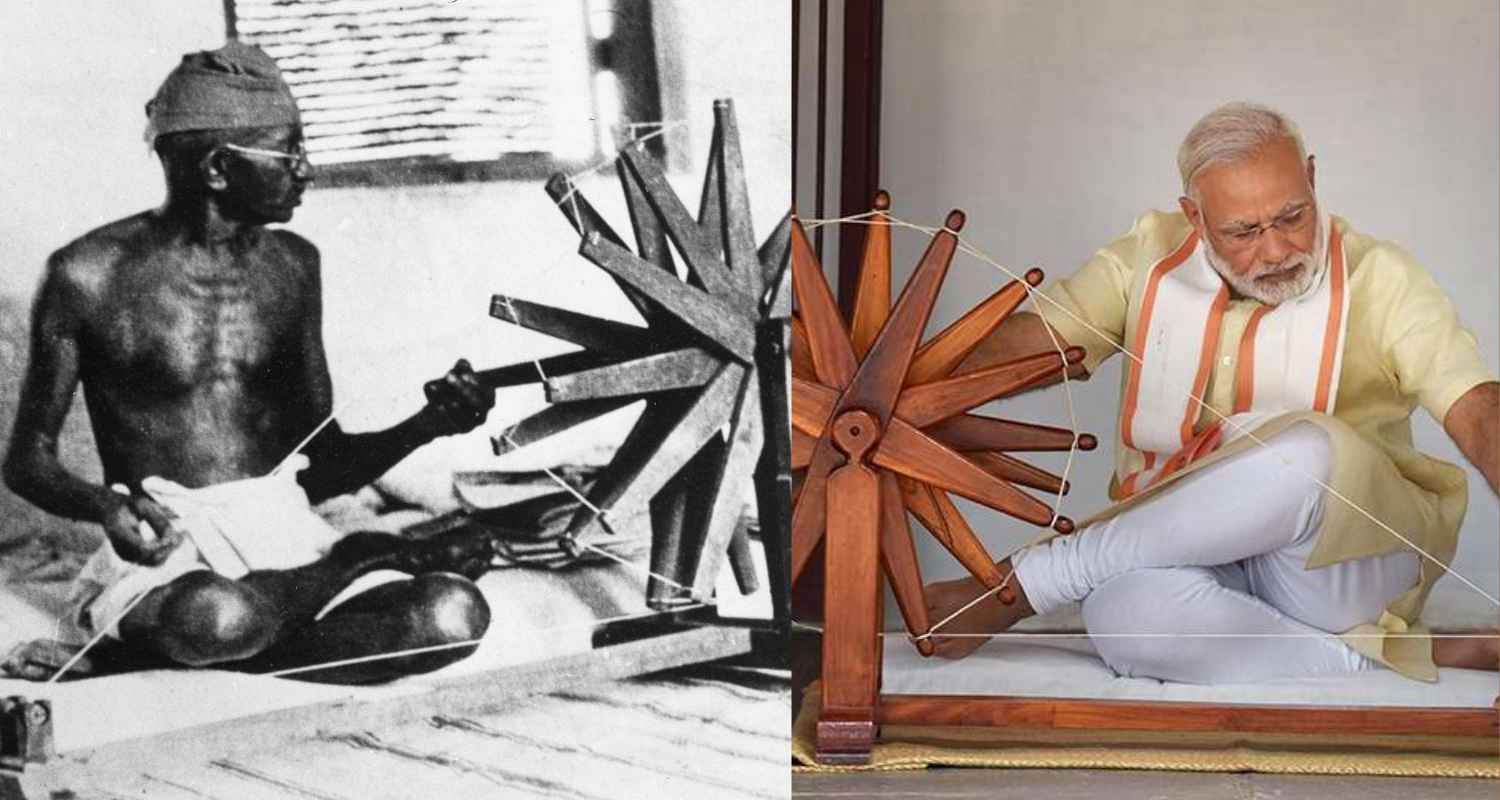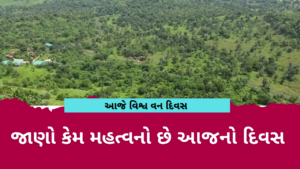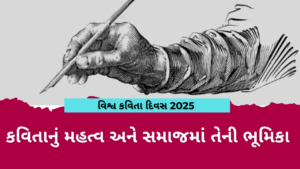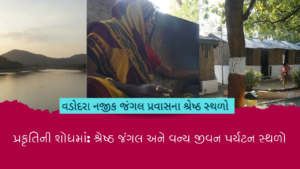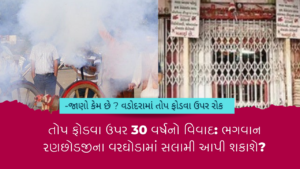“Association of the countrymen with Khadi is creating new records every day along with promoting employment.”
-PM Narendra Modi
In the last 9 years, the whole world has seen the revolution that Indian artisans have woven on the charkha of Khadi. The name of that revolution is ‘Self-reliant India’. Khadi commands a sentimental value for Indians. It symbolizes the need and importance of indigenous manufactured goods. Today, Khadi means the Fabric of our Nation’s Progress and Resilience.
 The khadi industry is one of the most prominent traditional industries in India as it not only boosts sales and employment opportunities for the artisans; but also strengthens export potential, contributes to GDP, and promotes rural development and entrepreneurship.
The khadi industry is one of the most prominent traditional industries in India as it not only boosts sales and employment opportunities for the artisans; but also strengthens export potential, contributes to GDP, and promotes rural development and entrepreneurship.
The Khadi Movement was an integral part of Mahatma Gandhi’s philosophy of Swadeshi, or self-reliance. It was a movement to boycott British-made textiles and promote the use of hand-spun, hand-woven cloth, known as khadi. Gandhi believed that the Khadi Movement could help to achieve economic independence for India, as well as promote unity and equality among the Indian people.
Gandhi chose khadi as the symbol of the Khadi Movement for a number of reasons. First, khadi is a versatile fabric that can be used to make a variety of clothing items, from simple dhotis and kurtas to more elaborate saris and suits. Second, khadi is a relatively inexpensive fabric to produce, making it accessible to people of all income levels. Third, khadi production is a labor-intensive process, which Gandhi believed could provide employment for millions of rural Indians.
Gandhi and the Khadi Movement
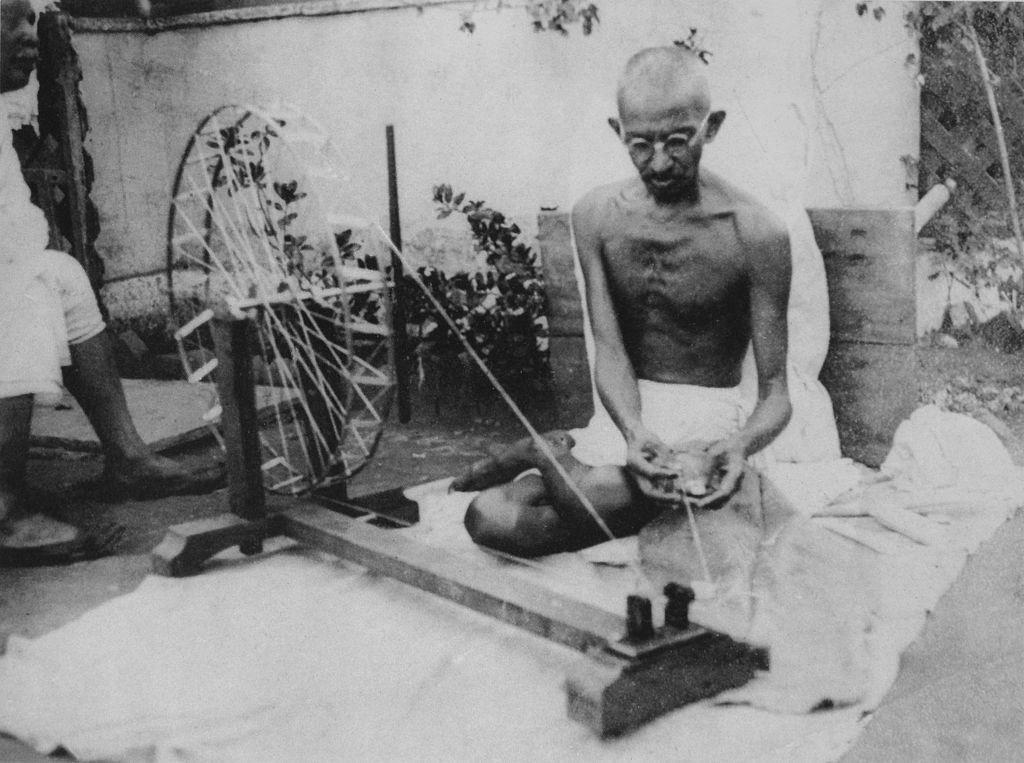
Gandhi was the driving force behind the Khadi Movement. He traveled throughout India, urging people to adopt khadi and to boycott British-made textiles. He also set up spinning wheels and weaving looms in villages, so that people could produce their own khadi. Gandhi himself wore khadi exclusively, and he encouraged his followers to do the same.
 Impact on rural India
Impact on rural India
The Khadi Movement provided employment for millions of rural Indians, who were able to spin and weave khadi in their homes. This helped to alleviate poverty and improve the standard of living in rural areas. The Khadi Movement also helped to promote self-reliance and economic independence among rural communities.
Impact on Indian economy
The Khadi Movement helped to reduce India’s dependence on imported textiles. This helped to conserve foreign exchange and boost the Indian economy. The Khadi Movement also helped to promote the development of the Indian textile industry.
In addition to its economic impact, the Khadi Movement also had a significant social and cultural impact. It helped to promote a sense of national pride and identity among the Indian people. It also helped to bridge the gap between urban and rural India.
Today:
Economic Development:
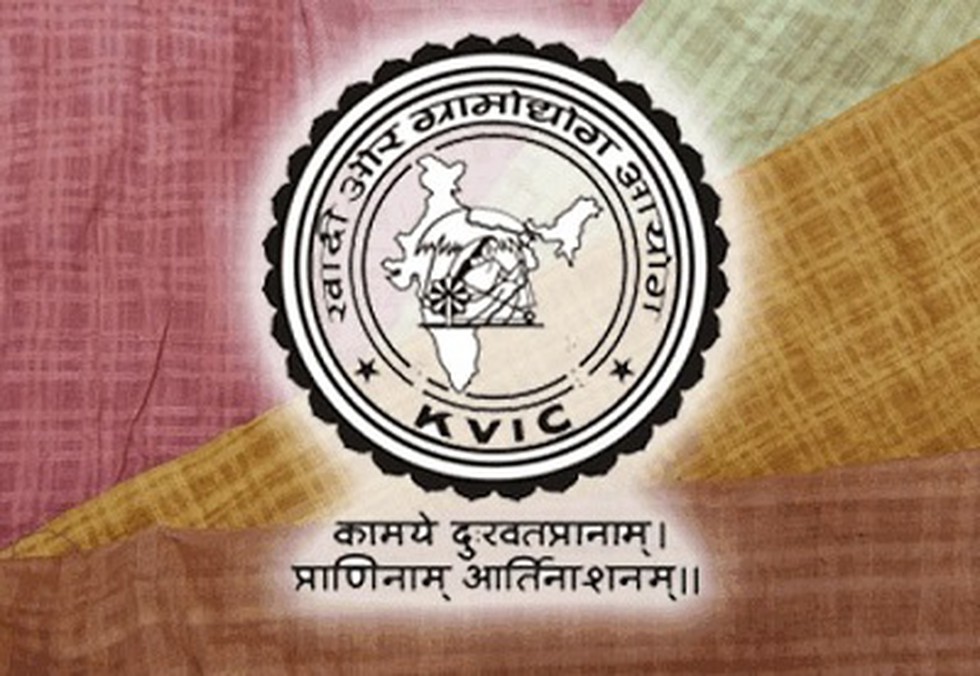 The Khadi and Village Industries Commission (KVIC) has even outperformed India’s top FMCG firms in terms of turnover. Because of Prime Minister Narendra Modi’s unwavering backing, KVIC had a record-breaking turnover of Rs. 1.34 lakh crore in 2022–2023. Products made by Khadi and Village Industries (KVI) generated a revenue of Rs. 31,154 crores in 2013–14.
The Khadi and Village Industries Commission (KVIC) has even outperformed India’s top FMCG firms in terms of turnover. Because of Prime Minister Narendra Modi’s unwavering backing, KVIC had a record-breaking turnover of Rs. 1.34 lakh crore in 2022–2023. Products made by Khadi and Village Industries (KVI) generated a revenue of Rs. 31,154 crores in 2013–14.
From 2013–14 to 2022–23, the sale of indigenous Khadi products by artisans experienced 332% growth, with production reaching Rs. 2916 crore in 2022–23 and demand increasing by 450% to Rs 5942.93 crore, indicating a significant shift in the Khadi market.
Khadi artisans associated with the Khadi sector are also benefiting from the increase in production and sale of Khadi clothes. Their remuneration has increased by more than 150% since 2013–14. The record production of Khadi has been possible due to the continuous efforts and hard work of the cotton spinners and weavers engaged in the production and sale of Khadi.
Strengthening Rural Industries and Community Building:
 For the nation to achieve its goal of self-sufficiency, rural revival is crucial. In this regard, during the past nine years, there has been a large rise in the amount of money given to craftsmen through DBT, the modernization of existing infrastructure like charkha and looms, digitalization, and the creation of new technologies and designs through R&D efforts. The growth of Khadi and Village Industries items has greatly benefited from this. In order to further support the rural economy and guarantee self-sustainability, KVIC created eKhadiIndia.com, a distinctive government online portal, in 2021. It has over 50,000 goods.
For the nation to achieve its goal of self-sufficiency, rural revival is crucial. In this regard, during the past nine years, there has been a large rise in the amount of money given to craftsmen through DBT, the modernization of existing infrastructure like charkha and looms, digitalization, and the creation of new technologies and designs through R&D efforts. The growth of Khadi and Village Industries items has greatly benefited from this. In order to further support the rural economy and guarantee self-sustainability, KVIC created eKhadiIndia.com, a distinctive government online portal, in 2021. It has over 50,000 goods.
Through skill development initiatives and sewing machine instruction, the Khadi and Village Industries Commission (KVIC) supports rural traditional industries. Since 2013–14, 7.43 lakh persons have received training, and toolkits have been given to craftsmen. Both locally and internationally, Khadi has gained popularity thanks to the “Vocal for Local” campaign.
To sum up, the Khadi industry is not just a symbol of India’s independence movement and cultural heritage but also an essential driver of economic growth, employment, and sustainable development. By supporting the Khadi industry, the nation has reaped social, economic, and environmental benefits, contributing to the country’s overall progress.
–An Article by Poojan Patel

